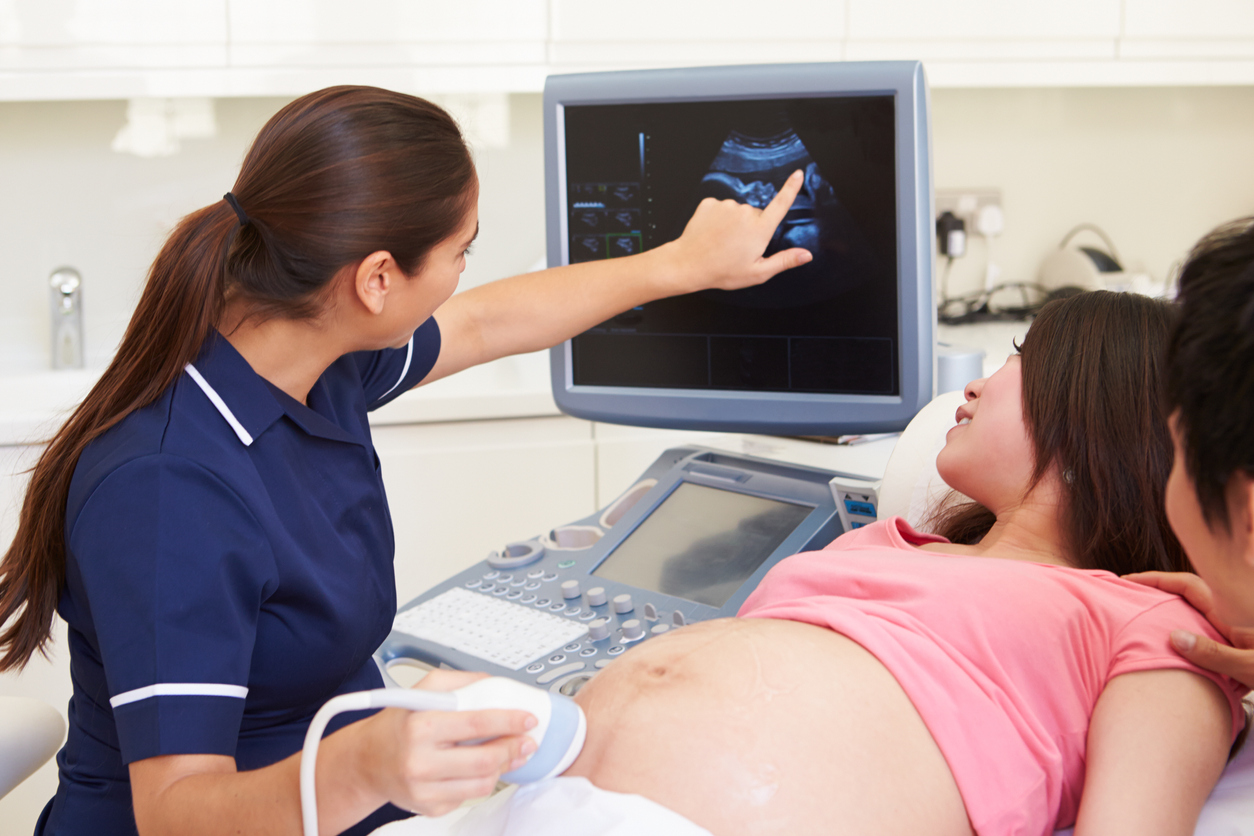
Subjects:
Fetus/Newborn Infant, Obstetrics
Topics:
covid-19, premature birth, cesarean section
Many countries imposed national lockdowns in March of 2020 in response to the coronavirus disease 2019 pandemic. In the Netherlands, the lockdown was associated with an immediate decline in preterm birth.1 Subsequent analyses from other countries and from hospitals and states within the United States reported mixed support for a decline in preterm birth associated with the lockdowns.2,–5 In numerous reports, samples were small and difficult to generalize given limited geographic coverage. The sudden change in preterm birth associated with the lockdown described in this literature suggests changes around delivery as opposed to changes in prenatal conditions that existed before the pandemic. In this analysis, we use the census of births in the United States from 2010 to 2020 to characterize monthly changes in preterm birth by method of delivery adjusted for seasonality and trend.
Methods
We use data on preterm birth and maternal characteristics among singleton births from the National Center for Health Statistics’ (NCHS) public use national natality files from 2010 to 2020. The files contain 100% of all registered births in the United States, including home births. Our sample is limited to singleton births (n = 41 394 390). Six percent of singletons from 2010 to 2020 are missing information on inductions or cesarean deliveries and are dropped from our final sample (n = 38 891 271). However, we drop only 0.12% of births between 2016 and 2020 because of improved reporting. The primary outcomes are monthly percentage of US births that are preterm and are delivered by cesarean or induced delivery, and monthly percentage of births that are preterm and are delivered without a cesarean or induced delivery. We use the obstetric estimate of gestational age (GA) to characterize birth as preterm (<37 weeks). The NCHS has used the obstetric estimate of GA as its standard measure since 2014.6 We fit a linear regression to the monthly series of preterm births from January 2010 to February 2020. We include an indicator variable for each month of the year to adjust for seasonality and a linear and quadratic trend term to capture the time-series pattern in our measures. We assume March 2020 is the first month of the national lockdown. President Trump declared a national emergency on March 13, 2020, and 43 states issued stay-at-home orders of varying restrictiveness in the same month.7 We use the model to forecast the path of preterm birth from March to December of 2020 and compare forecasted to actual outcomes. We estimate 95% confidence intervals (CI) as 2 times the SD of the prediction error above or below our forecast. Actual values outside of the CIs indicate a change that is unlikely to occur by chance.
Read more...







